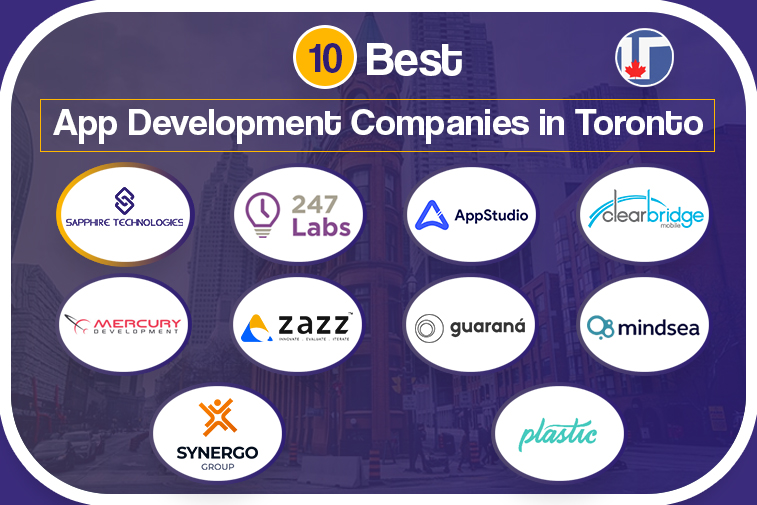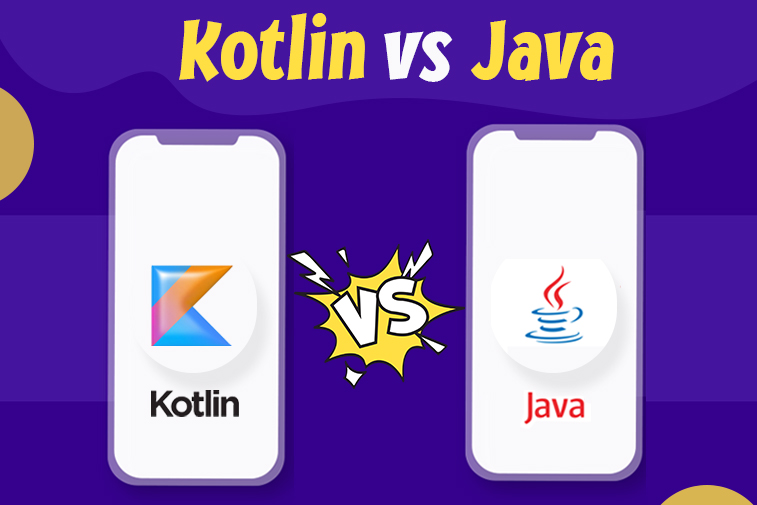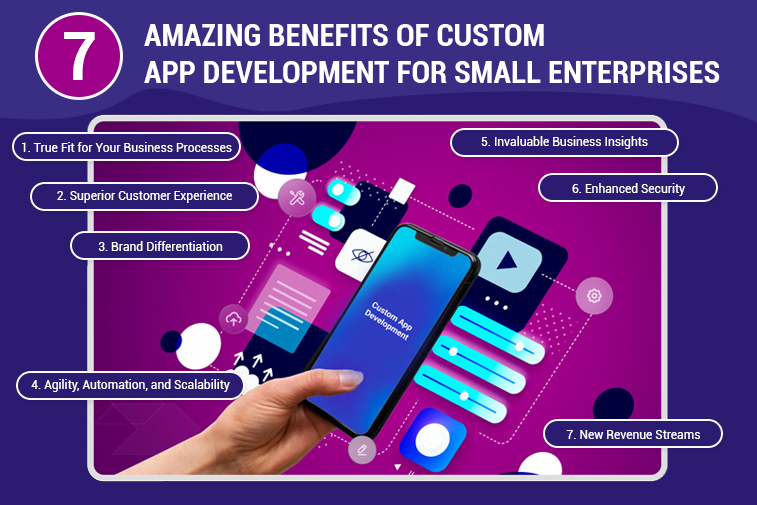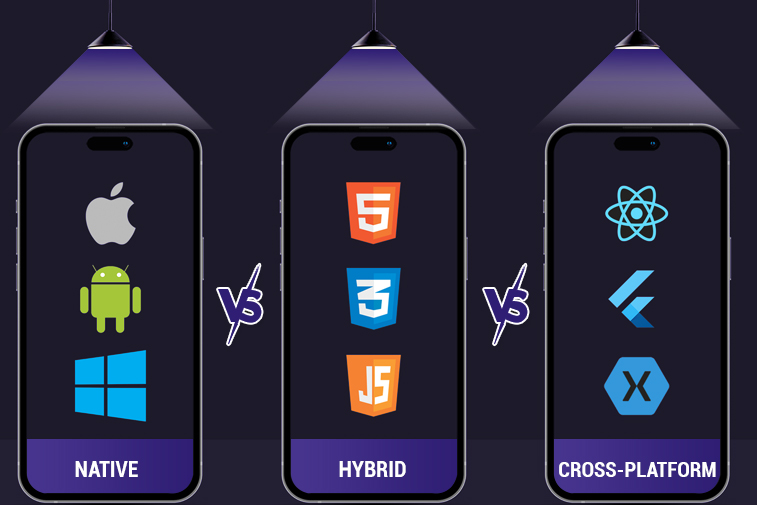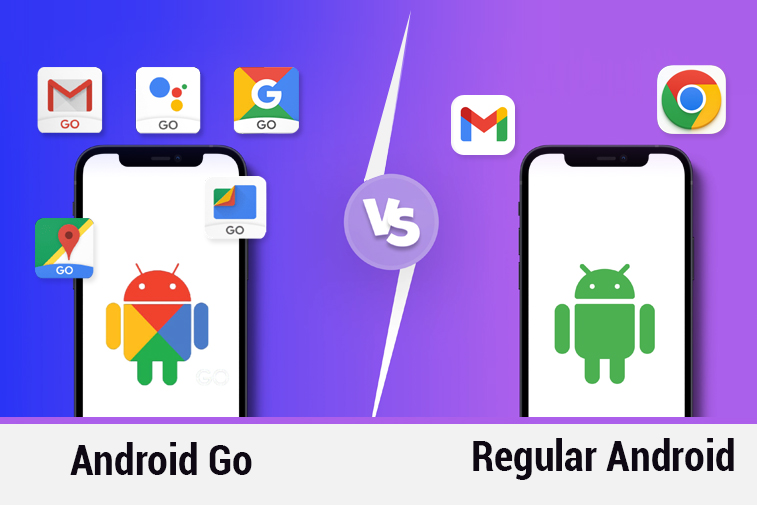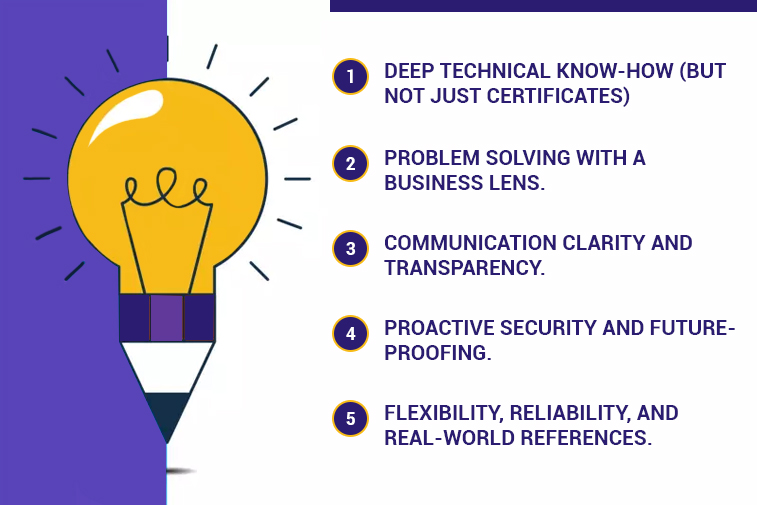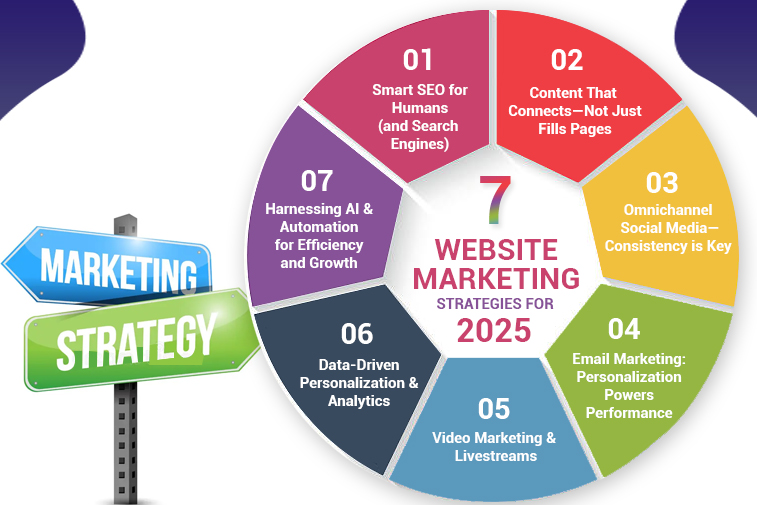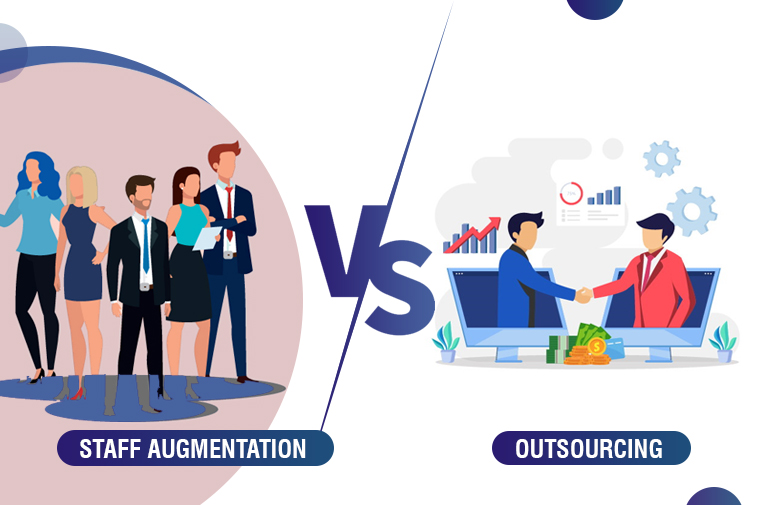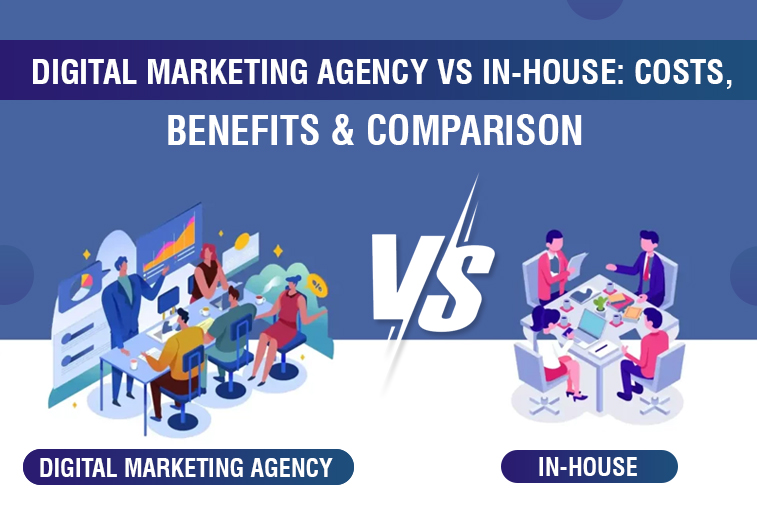Top Mistakes to Avoid When Outsourcing Software Projects
Outsourcing software development has become one of the most strategic decisions businesses make today. Whether it’s to reduce operational costs, access global talent, speed up development, or focus on core business functions, outsourcing can deliver tremendous value when done correctly.
However, many companies—especially those new to outsourcing—fall into common traps that lead to delays, poor-quality products, communication issues, or even complete project failure. These are the software outsourcing mistakes that every business must avoid to make the most out of an outsourced development partnership.
At Sapphire Technologies, we’ve worked with businesses across industries and seen firsthand how the right outsourcing approach can transform an entire digital growth strategy. This guide will walk you through the top mistakes companies make and how you can avoid them.
1. Not Knowing What You Want Before Outsourcing
One of the most frequent software outsourcing mistakes is approaching a vendor without clearly defined requirements. Businesses often rush into development with only a vague idea of the product they want.
Why this mistake hurts:
- Causes scope creep
- Results in misunderstandings and delays
- Increases your development budget
- Leads to an application that doesn’t match your expectations
How to avoid it:
Before outsourcing, define:
- Your goals
- Core features
- Must-have vs. optional functionality
- Target users
- Timeline and expected milestones
- Budget range
The clearer your requirements, the smoother your collaboration. A good outsourcing partner like Sapphire Technologies will help refine your ideas—but you must provide a solid foundation.
2. Choosing a Vendor Based Only on Cost
It’s tempting to go for the cheapest software development offer. But extremely low costs often come at the expense of:
- Code quality
- Communication
- Testing
- Long-term maintainability
This is one of the most damaging software outsourcing mistakes because a cheap project often becomes expensive later due to rewrites and fixes.
A better approach:
Evaluate outsourcing partners based on:
- Portfolio & experience
- Client testimonials
- Industry expertise
- Technical skills
- Communication capabilities
- Transparency in pricing and processes
A reliable partner provides long-term value, not short-term savings.
3. Ignoring Time Zone and Communication Barriers
Communication is the backbone of a successful outsourcing project. Many businesses overlook the importance of time zone overlap, leading to slow progress and delayed decisions.
Common issues caused by this mistake:
- Misunderstood requirements
- Delayed bug fixes
- Difficulty scheduling meetings
- Reduced productivity
How to avoid it:
- Choose a team with overlapping working hours
- Use proper project communication tools
- Set expectations for response time
- Maintain weekly or bi-weekly review meetings
Sapphire Technologies ensures seamless communication with clients through structured updates, dedicated project managers, and aligned working windows.
4. Lack of a Proper Contract and NDA
A verbal agreement or a simple email confirmation is never enough. Failing to establish a documented framework is one of the riskiest software outsourcing mistakes.
A contract should clearly outline:
- Scope of work
- Deliverables
- Timeline
- Payment terms
- Ownership of intellectual property
- Quality standards
- Confidentiality
- Maintenance responsibilities
Without this, companies face legal risks, financial loss, or loss of control over the final product.
5. Micromanaging the Development Team
While staying connected is important, micromanaging can slow down progress and frustrate the development team. Outsourced teams work best when clients trust their process and allow them to apply their expertise.
Why micromanaging harms projects:
- Wastes time and resources
- Creates unnecessary tension
- Distracts developers from actual coding
- Breaks the workflow
The right balance:
Instead of daily demands and constant oversight, adopt:
- Weekly check-ins
- Sprint reviews
- Structured progress reports
Sapphire Technologies uses Agile methodologies to ensure transparency while maintaining productivity.
6. Failing to Consider Cultural Differences
Cultural alignment is often overlooked, yet it's one of the underlying causes of miscommunication in outsourcing projects.
What cultural gaps can affect:
- Work ethics
- Communication style
- Problem-solving approach
- Deadline commitment
Solution:
Choose a team whose culture aligns with your expectations. At Sapphire Technologies, our global team is trained for cross-cultural collaboration, ensuring smooth cooperation with clients worldwide.
7. Not Involving Stakeholders Early Enough
Some companies outsource a project and leave it entirely to the vendor, involving stakeholders only at the end. This often results in a solution misaligned with business needs.
Why this mistake is risky:
- Late discoveries of missing features
- Reworks and increased costs
- Mismatch between business goals and technical output
How to avoid it:
Make key stakeholders part of:
- Requirement discussions
- Sprint reviews
- Feedback loops
- User testing
Early involvement saves time and prevents misalignment.
8. Ignoring Code Quality and Documentation
A common mistake is trusting developers without verifying the quality of their work. Poor documentation or low-quality code will cause problems later—especially when scaling or maintaining the application.
Long-term issues caused by poor code:
- Higher maintenance costs
- Difficult handovers
- System vulnerability
- Reduced performance
What you should do:
- Request regular code reviews
- Ask for documentation of all modules
- Ensure developers follow coding standards
- Choose a vendor with strong engineering practices
Sapphire Technologies prioritizes clean, scalable code supported by proper documentation for future development.
9. Not Planning for Long-Term Maintenance
Some businesses focus only on development and ignore post-launch needs. This is one of the most expensive software outsourcing mistakes because no app remains perfect at launch.
Maintenance includes:
- Bug fixing
- Security updates
- Feature upgrades
- API compatibility
- System performance optimization
Why maintenance is essential:
- Technology changes quickly
- User expectations evolve
- Security vulnerabilities emerge
- Business growth requires scaling
A reliable outsourcing partner offers ongoing maintenance packages to ensure long-term success.
10. Unrealistic Deadlines and Expectations
Expecting a complex application to be built in a few weeks leads to stress, poor quality, and rushed development. Businesses often underestimate how long proper development takes.
Problems caused by unrealistic timelines:
- Low-quality code
- Missing features
- Burnout among developers
- Lack of testing
- Increased chances of failure
Avoid this mistake by:
- Gathering realistic estimates
- Prioritizing features
- Following Agile development
- Allowing buffer time
A good outsourcing team will help you set achievable timelines based on your goals and complexity.
11. Not Conducting Regular Testing
Skipping or minimizing testing due to budget or time pressure is one of the most damaging software outsourcing mistakes. Testing should be part of every development phase.
Essential testing includes:
- Functional testing
- UI/UX testing
- Performance testing
- Security testing
- Compatibility testing
At Sapphire Technologies, rigorous testing ensures the product is stable and user-friendly before launch.
12. Poor Onboarding of the Outsourced Team
Outsourced teams should understand your business context. Many companies simply hand over technical requirements without explaining business goals.
Why onboarding is important:
- Helps developers understand your users
- Aligns technical decisions with business needs
- Improves collaboration
- Reduces misunderstandings
Provide the team with:
- Business objectives
- User personas
- Market context
- Competitor examples
This greatly improves the output quality.
Conclusion
Outsourcing software development can open doors to innovation, global talent, and accelerated growth. However, avoiding common software outsourcing mistakes is crucial for achieving desirable results. The success of your project depends on choosing the right partner, maintaining clear communication, setting realistic expectations, and focusing on long-term quality rather than short-term savings.
At Sapphire Technologies, we help businesses outsource software projects efficiently, transparently, and with guaranteed quality. From the first consultation to post-launch support, our team ensures your project is built with precision, professionalism, and long-term vision.
If you want to outsource your software development without falling into the common pitfalls—Sapphire Technologies is here to guide you every step of the way.
Software Outsourcing Mistakes FAQs
1. What is the biggest mistake companies make when outsourcing software development?
The biggest mistake is choosing a vendor solely based on cost. Low prices often compromise quality, communication, and long-term reliability.
2. How can I make sure the outsourcing partner understands my requirements?
Provide detailed documentation, user personas, workflows, and examples. Regular meetings also help ensure clarity.
3. Is it safe to outsource software projects internationally?
Yes, as long as you work with reputable companies, use NDAs, and have detailed contracts in place.
4. How do I evaluate a software outsourcing company?
Review their portfolio, reputation, experience, communication process, tech stack expertise, and client testimonials.
5. What project management tools should be used when outsourcing?
Tools like Jira, Trello, Slack, Asana, and ClickUp help maintain clear communication and task tracking.
6. Can outsourcing affect the security of my application?
It can—if done poorly. Always choose vendors with strong security practices, code reviews, and compliance standards.
7. What level of involvement should clients have in outsourced projects?
Clients should stay engaged through sprint reviews, milestone meetings, and feedback sessions—but avoid micromanaging.
8. What is the ideal contract type for outsourced software development?
Fixed-price works for small, well-defined tasks; time & material suits evolving projects; dedicated teams work best for long-term needs.
9. How does cultural difference impact outsourcing?
Different communication styles, work habits, and expectations can affect collaboration. Choose partners with global communication experience.
10. What should I do after the outsourcing project is completed?
Plan for maintenance, upgrades, and continuous improvements. Long-term partnerships ensure your software stays secure and scalable.

 Saudi
Saudi Dubai
Dubai Kuwait
Kuwait Toronto
Toronto London, UK
London, UK India
India




